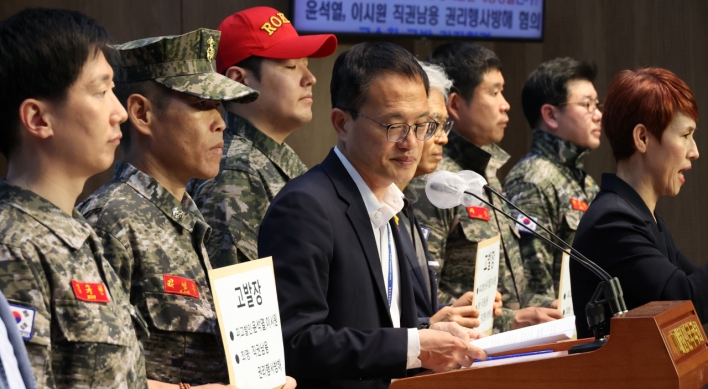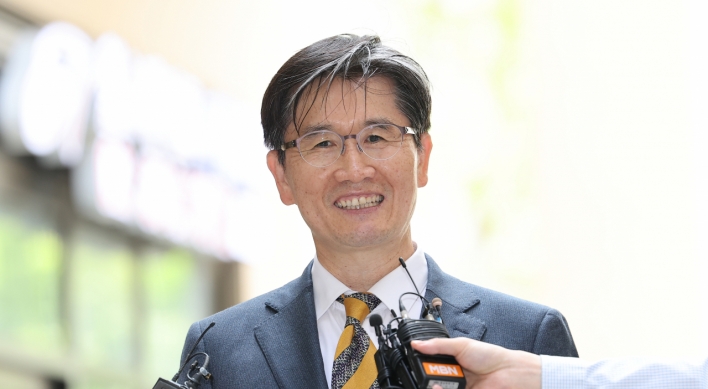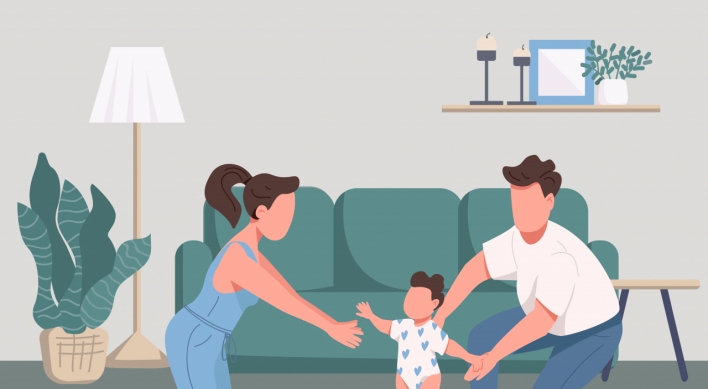[Editorial] Blind spot
Korea’s welfare system needs overhaul to track and rescue people in dire straits
By Korea HeraldPublished : Sept. 13, 2023 - 05:31
In the past decade, the South Korean government has been trying to locate and help people struggling with extreme poverty and diseases outside of the social security net. But the system is still fraught with loopholes, resulting in more tragic and unattended deaths.
On Friday, a woman in her 40s was found dead alongside a young child, unconscious, in a rented residential villa in Jeonju, North Jeolla Province. The police said Monday the direct cause of the woman’s death is presumed to be arteriosclerosis, citing the National Forensic Service.
The forensic investigation also found that the woman had gallstones. This suggests that she was unable to afford timely treatment, despite being in extreme pain. The child, about 20 months old, was in a weakened state when the police visited the house. They surmised that the child had gone without food for several days.
The deceased woman was in dire financial straits since she couldn’t find a job and had no extra income to pay back her debt. In addition to unpaid rent and overdue maintenance fees, she had not paid gas bills and health insurance premiums for months.
The police said they cannot identify the exact age of the child since there is no official birth record registered with authorities.
The case of the unattended death in Jeonju lays bare the fundamental problems with the country’s social safety net, which is supposed to monitor and protect low-income people due to severe poverty, snowballing debt and untreated illnesses -- or a mix of all three conditions.
At the community service center in charge of the district where the woman and the child were found, there was reportedly only one government official assigned to monitor so-called “families in crisis.” The Ministry of Health and Welfare provides data on families who fail to pay electricity bills and health insurance premiums for more than three months, and the official in question makes a visit to such families before extending help.
In July, the Health Ministry sent a list of 87 families in crisis to the Jeonju city administration, including information of the woman who died. What is particularly frustrating is that the official did visit the villa but failed to meet with the woman because the address was not correct.
Although more investigations should be carried out to find what exactly happened regarding the failure to locate and rescue the woman, the current tracking system needs to be overhauled to fix loopholes such as passive search for the poverty-stricken people.
With the loopholes yet to be fixed, poverty-related tragedy keeps taking place. Just last month, a mother in her 60s and her two daughters in their 40s struggling with economic hardships and health problems were found dead in their small apartment in Suwon, Gyeonggi Province.
Police investigations showed the mother was fighting cancer and both daughters were suffering from incurable diseases, with debt and hospital bills making it difficult to pay the monthly rent.
Government officials had tried to locate the mother after the Health Ministry alerted about her long-overdue health insurance bills in early August, but failed to meet her as her family moved out without updating their address.
In February 2014, the nation was shocked to see a suicide case of a mother in her 60s and two daughters in their 30s in Seoul’s Songpa district. They took their own lives in their basement home due to snowballing debt and illnesses. Since then, the government has been strengthening the tracking system for families in need.
Both incidents in Jeonju and Suwon illustrate the issues with the country’s social welfare system. Critics argue that the government has to take more proactive steps to help out those in severe troubles since the current tracking measures are insufficient. To prevent unattended deaths due to poverty and related hardships, the government is required to overhaul the social safety net and expand related manpower and budget.
-
Articles by Korea Herald










![[Weekender] How DDP emerged as an icon of Seoul](http://res.heraldm.com/phpwas/restmb_idxmake.php?idx=644&simg=/content/image/2024/04/25/20240425050915_0.jpg&u=)

![[Today’s K-pop] NewJeans' single teasers release amid intrigue](http://res.heraldm.com/phpwas/restmb_idxmake.php?idx=644&simg=/content/image/2024/04/26/20240426050575_0.jpg&u=)






![[Herald Interview] Mistakes turn into blessings in street performance, director says](http://res.heraldm.com/phpwas/restmb_idxmake.php?idx=652&simg=/content/image/2024/04/28/20240428050150_0.jpg&u=)
